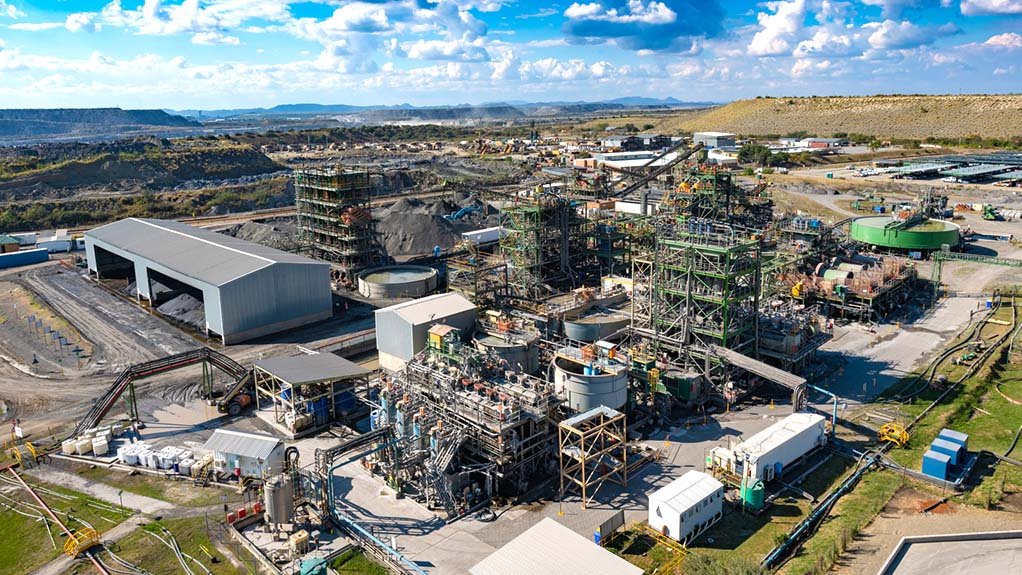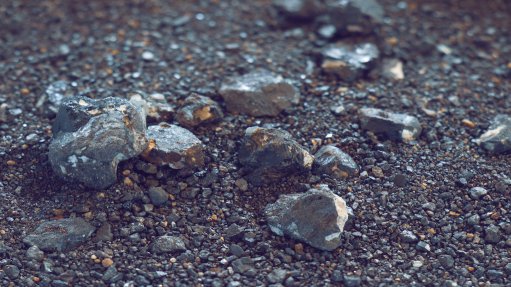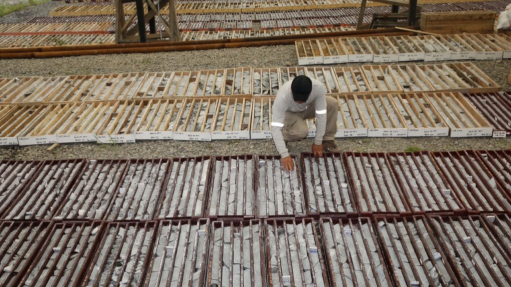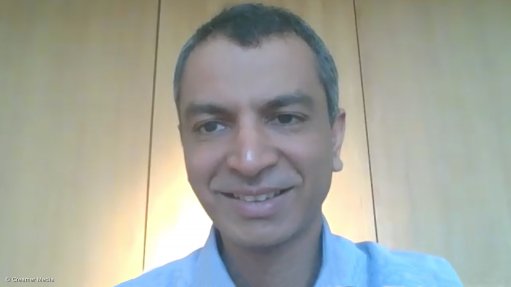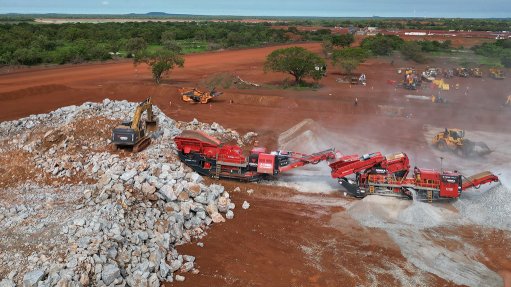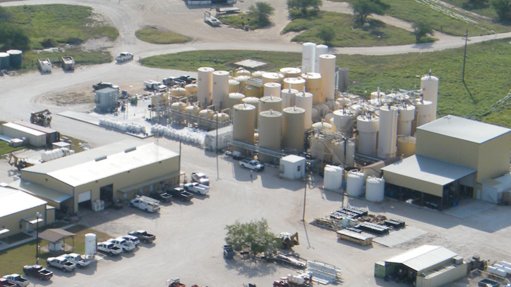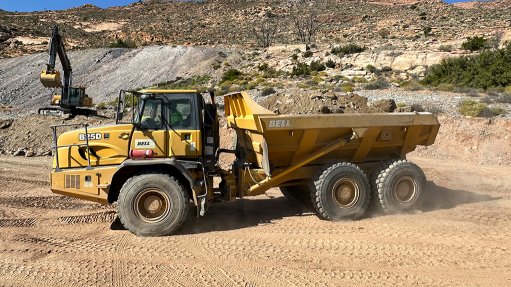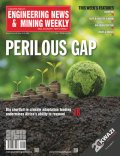PGM prices impact on Tharisa’s first-half profit, but market fundamentals are ‘solid’
JSE-listed platinum group metals (PGM) and chrome producer Tharisa has reported a 20% year-on-year decrease in net profit after tax, at $38.8-million, for the six months ended March 31, compared with the $54.7-million net profit reported for the six months ended March 2023.
The group declared an interim dividend of $0.015 apiece, compared with $0.03 apiece in the prior comparable period.
The company also has a $5-million share repurchase programme under way, with about 192 800 shares bought back to date.
Tharisa has, meanwhile, returned $100-million in cumulative distributions to shareholders over the last nine years.
In the six months under review, gross profit amounted to $81.4-million, marking a 13% year-on-year decline, while revenue increased by 10% year-on-year to $369-million owing to strong chrome prices.
The group generated net cash from operating activities of $86.2-million, which was 11% lower compared with that of the six months ended March 31, 2023.
Tharisa has been cash generative for ten years and expects to continue being cash generative over the next 15 years of its operations.
Earnings a share of $0.12 in the reporting period were 26% lower year-on-year, while headline earnings a share were 25% lower at $0.13. CEO Phoevos Pouroulis says the group’s earnings were impacted on by lower PGM prices.
PGM production decreased by 7.7% year-on-year to 71 100 oz in the six months under review, while chrome production increased by just under 10% to 865 600 t.
The average PGM basket price in the period was $1 344/oz, while chrome prices averaged $288/t. The all-in cost (AIC) per PGM ounce sold was $1 059/oz, which compares with an AIC of $472/oz in the prior interim period, partly owing to inflation.
Chrome currently contributes 63% of the company’s revenue and PGMs the balance.
The company’s capital expenditure amounted to $114-million in the reporting period, compared with just under $50-million having been spent in the prior comparable period.
Tharisa has $198-million of cash and cash equivalents as at the end of March, compared with total debt of $112.3-million.
The company is advancing underground studies in the West pit of the Tharisa mine, in South Africa, as well as construction at its Karo PGM project, in Zimbabwe.
The group is still finalising the necessary fiscal regime to turn the Karo project into a Tier 1 asset, it says.
Pouroulis confirms that current market conditions are impacting on funding workstreams and the timeline for delivery of the project.
To date, Tharisa has spent $110-million on Karo since its inception, with an outstanding commitment of $70-million still to be spent.
Tharisa also has a beneficiation site where it produces PGM alloys through a unique refining process on a commercial basis, which allows the company to market and sell its own metals.
The company continues to develop energy generation and storage solutions using its commodities, including ferrochrome redox flow batteries that will see demonstration-scale units being deployed next year.
Full-year production guidance remains at between 140 000 z and 155 000 oz of PGM and between 1.7-million and 1.8-million tonnes of chrome concentrate.
The group’s PGM production is set to double once the Karo project comes online.
MARKET VIEW
Pouroulis expects primary supply reduction to be a driver for PGM price increases in coming years, while increasing automotive sales bode well for demand.
“Internal combustion engines remain a major demand driver, with Tier 4 and Euro 7 emission standards still to come.”
Deficits in rhodium, iridium and ruthenium are heading for record deficits, he states.
In turn, Pouroulis is confident that market fundamentals for chrome remain strong, particularly as it cannot be substituted in stainless steel production.
China recorded stainless steel demand growth of 5% in 2023, with its production of stainless steel having grown by 12.6% in the year.
Chrome prices remain robust on the back of low port stocks and growing stainless steel demand globally, Pouroulis says, adding that stainless steel is used in various renewable energy technologies.
South Africa supplies 80% of China’s chrome needs as China has no chrome reserves of its own. Tharisa supplies 10% of China and Indonesia’s chrome demand.
Pouroulis cites Organisation for Economic Cooperation and Development countries estimating that global materials demand will more than double by 2060, which, given the fact that mines take about 12 years to develop, means there will be significant global competition for finite resources.
Both chrome and PGMs are considered critical minerals, as PGMs continue to clean the environment from catalysts to electrolysers and fuel cells, while chrome is an essential component of stainless steel, Pouroulis explains.
Both commodities are more than 95% recyclable.
Pouroulis highlights the group’s main current headwinds as being electricity and transport constraints, as well as high inflation and a volatile commodity price environment.
However, some of the group’s tailwinds include a buoyant chrome commodity market, counter cyclical commodities in its basket of PGMs and strong momentum behind hybrid drivetrains and the hydrogen economy.
The Chinese stainless steel market outlook is also positive, with primary supply constraints entrenching growing deficits.
Tharisa, with its multi-generational assets, has 11.3-million ounces of contained PGMs and 166-million tonnes of contained chrome across its operations.
Comments
Press Office
Announcements
What's On
Subscribe to improve your user experience...
Option 1 (equivalent of R125 a month):
Receive a weekly copy of Creamer Media's Engineering News & Mining Weekly magazine
(print copy for those in South Africa and e-magazine for those outside of South Africa)
Receive daily email newsletters
Access to full search results
Access archive of magazine back copies
Access to Projects in Progress
Access to ONE Research Report of your choice in PDF format
Option 2 (equivalent of R375 a month):
All benefits from Option 1
PLUS
Access to Creamer Media's Research Channel Africa for ALL Research Reports, in PDF format, on various industrial and mining sectors
including Electricity; Water; Energy Transition; Hydrogen; Roads, Rail and Ports; Coal; Gold; Platinum; Battery Metals; etc.
Already a subscriber?
Forgotten your password?
Receive weekly copy of Creamer Media's Engineering News & Mining Weekly magazine (print copy for those in South Africa and e-magazine for those outside of South Africa)
➕
Recieve daily email newsletters
➕
Access to full search results
➕
Access archive of magazine back copies
➕
Access to Projects in Progress
➕
Access to ONE Research Report of your choice in PDF format
RESEARCH CHANNEL AFRICA
R4500 (equivalent of R375 a month)
SUBSCRIBEAll benefits from Option 1
➕
Access to Creamer Media's Research Channel Africa for ALL Research Reports on various industrial and mining sectors, in PDF format, including on:
Electricity
➕
Water
➕
Energy Transition
➕
Hydrogen
➕
Roads, Rail and Ports
➕
Coal
➕
Gold
➕
Platinum
➕
Battery Metals
➕
etc.
Receive all benefits from Option 1 or Option 2 delivered to numerous people at your company
➕
Multiple User names and Passwords for simultaneous log-ins
➕
Intranet integration access to all in your organisation



